#spined micrathena
Text

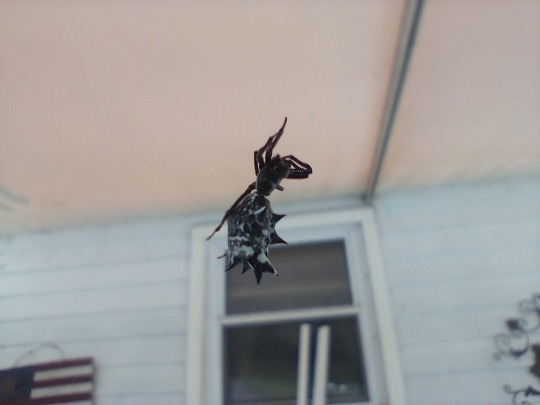
@bloodhive submitted: a gorgeous orb weaver decided to make her web on our porch in ohio 💕
OUghhhh she's beautiful look at her spiky butt!!! Excellent fashion choices. She's a spined Micrathena aka castleback orbweaver, for those curious.
138 notes
·
View notes
Text
I found a spider in the woods and I took pictures of it


Google says it's a Spined Micrathena, which is a kind of orb weaver (meaning it weaves its web in a circle).
The bark is a backdrop because without it my phone camera wouldn't focus on the spider.
#spend micrathena#oops#spined micrathena#i feel like this guy inspired spiderus from Miss Spider's Sunny Patch Friends#The spider is no longer there but it lives on in my heart
1 note
·
View note
Text
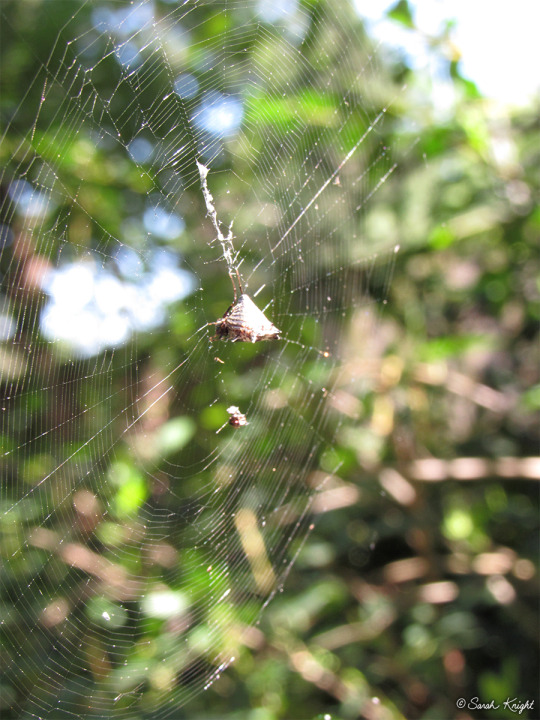



Cool spiderweb — I thought before not actually walking right into it. My camera was, of course, unsure of what I was actually trying to focus on… Pretty sure it's a spined micrathena, aka Micrathena gracilis.
#spider#orb weaver#nature#spined micrathena#Micrathena gracilis#arachnid#spiderweb#my big backyard#outside
1 note
·
View note
Text


#spiderwebs#pretty#i didnt have my macro with me#spiders#maybe a#spined micrathena#spiny orbweaver#arachnids
1 note
·
View note
Text



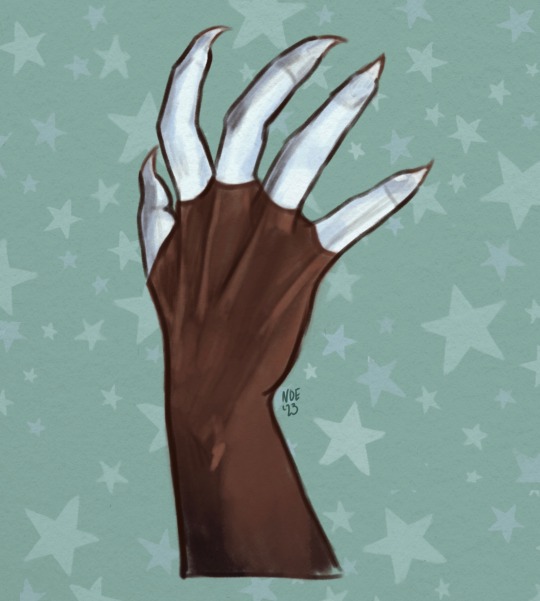
my spider-sona! she doesnt have a name, but she is based on the spined micrathena!
#spidersona#my art#noeonthemoon#spiderverse#across the spiderverse#spiderman atsv#atsv#spiderman#into the spider verse#miguel o'hara#miles morales#gwen stacy#miguel o'hara fanart
160 notes
·
View notes
Text

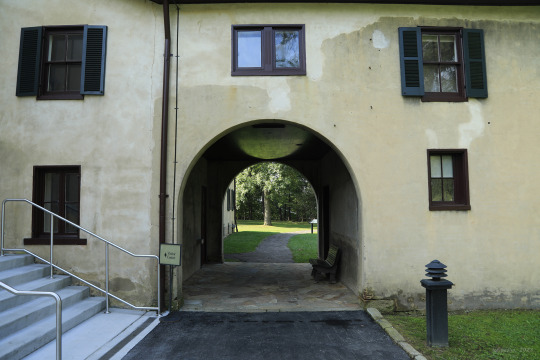
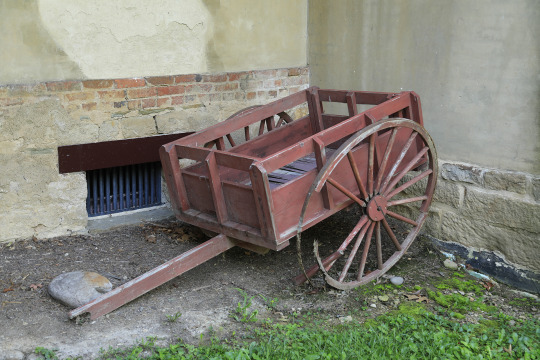


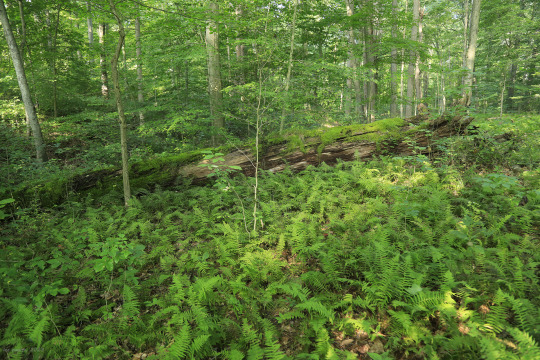

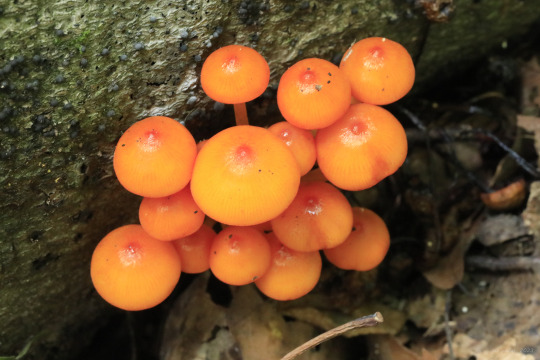
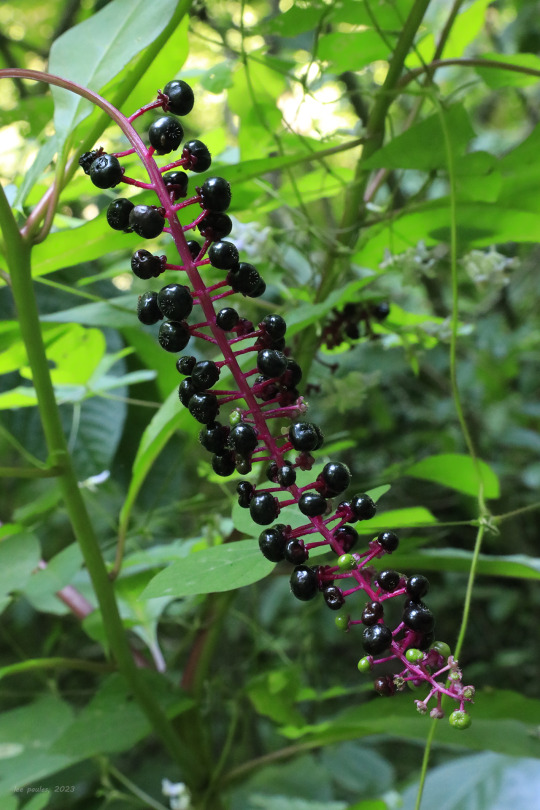
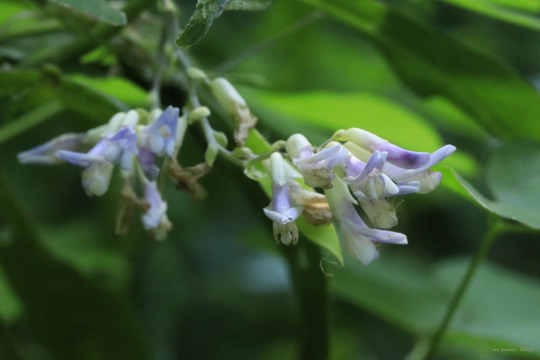

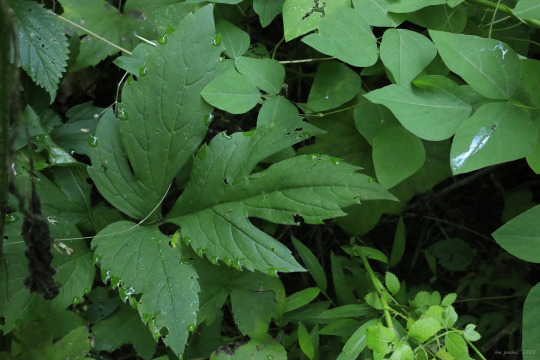
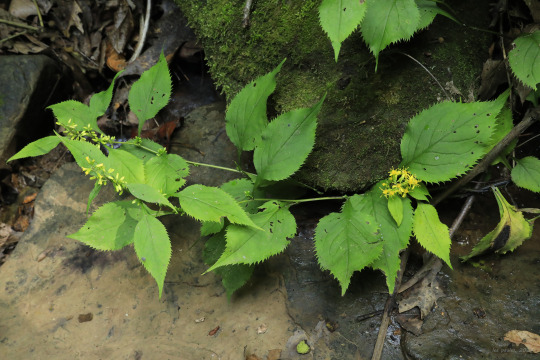
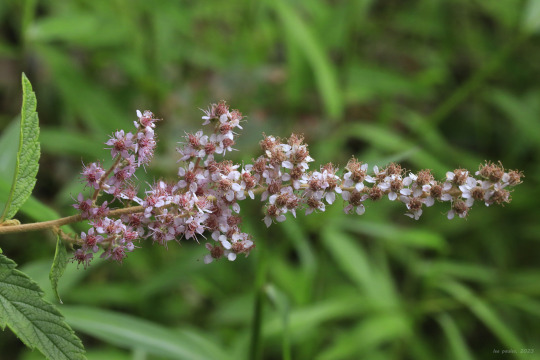
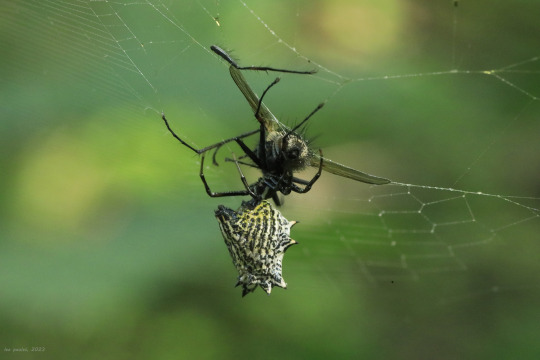

A few photos above from an early morning hike at the Friendship Hill National Historic Site near Pt. Marion, Pennsylvania. If you want to learn more about the history of this sprawling estate, you can go to this link or search for prior posts from the main search page of my Tumblr blog. In addition to the historic homestead of Albert Gallatin, the park features ten miles of hiking trails through verdant oak-hickory and riparian forests. This time of year, the Central Appalachian forest is rich with fungi, legumes, berries, and the loveliest orb-weavers imaginable.
From top: wingstem (Verbesina alternifolia), also known as yellow ironweed, a late summer aster so named because the petioles of its leaves run down the plant's stem; northern spicebush (Lindera benzoin), a gorgeous native shrub whose bright red berries in late summer are followed by the most extraordinary gold foliage in the fall; orange mycena (Mycena leaiana), a lovely, gregarious fungi of deciduous logs whose pigment has shown antibacterial and anti-cancer properties; the ripened but dangerously toxic berries of pokeweed (Phytolacca americana), whose young leaves are used by mountain folk to make poke sallet (but only after repeated cleansings to remove the toxins); American hog-peanut (Amphicarpaea bracteata), a lovely twining vine whose roots and ground nut are edible; cutleaf coneflower (Rudbeckia laciniata), also known as green-headed coneflower and wild goldenglow, a close relative of black-eyed Susan with gorgeous, pinnately-dissected leaves (the leaf photo also shows the characteristic tri-foliate leaf pattern of hog-peanut); zig-zag goldenrod (Solidago flexicaulis), one of two adorable woodland goldenrods that grow in this area (the other being blue-stemmed goldenrod), both of which produce clusters of brilliant yellow flowers in both their leaf axils and at the ends of their stems; steeplebush (Spiraea tomentosa), also known as hardhack, which produces delicate plumes of pink flowers in late summer; a spined micrathena (Micrathena gracilis), which has ensnared a fly in her web; and an arrowhead orb weaver (Verrucosa arenata), also known as a triangle orb-weaver, a sparkling gem of an arachnid that reels in its prey like a fisherman dragging in a net.
#appalachia#vandalia#wildflowers#flora#summer#arachnid#pennsylvania#friendship hill national historic site#fungi#orange mycena#wingstem#yellow ironweed#northern spicebush#pokeweed#american hog-peanut#cutleaf coneflower#green-headed coneflower#wild goldenglow#zig-zag goldenrod#steeplebush#hardhack#orb-weaver#spider#spined micrathena#arrowhead orb-weaver#triangle orb-weaver
23 notes
·
View notes
Photo

Walk into my parlor: A spider web is amazingly complex. And deadly. In the image above, featured on our Instagram page, an Amazon thorn spider (Micrathena schreibersi) feeds on a small stingless bee while hanging off a spiderweb in Ecuador’s Yasuní National Park. The spider in the photo is a female, with large spines on the abdomen, while the males are smaller and with shorter spines.
PHOTOGRAPH BY JAVIER AZNAR @JAVIER_AZNAR_PHOTOGRAPHY
#javier aznar#photographer#national geographic#spider web#amazon thorn spider#spider#micrathena schreibersi#ecuador#yasuni national park#nature
77 notes
·
View notes
Photo

Spined micrathena (Micrathena gracilis) in Mexico
Arthur Anker
85 notes
·
View notes
Photo
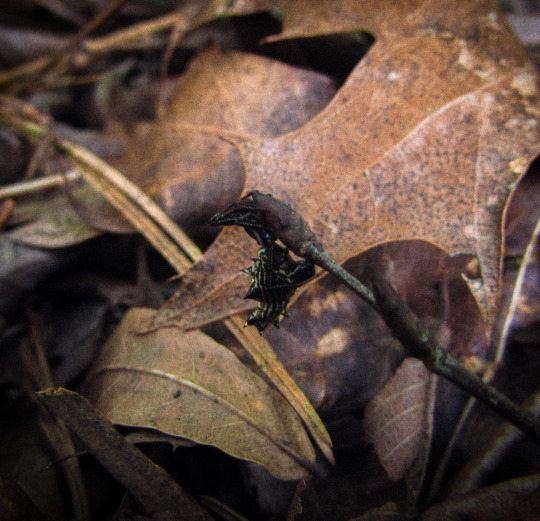
Spined Micrathena
46 notes
·
View notes
Text

Spined micrathena (I think!) that keeps building its web right at head-height in my doorway.
I must have apologized for destroying said web like, six times now.
5 notes
·
View notes
Text
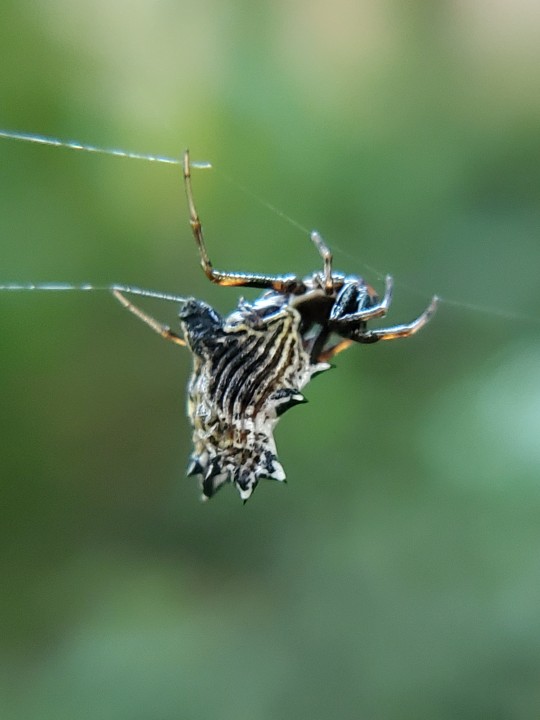




Spined Micrathena, Micrathena gracilis
5 notes
·
View notes
Text
July 28th, 2022
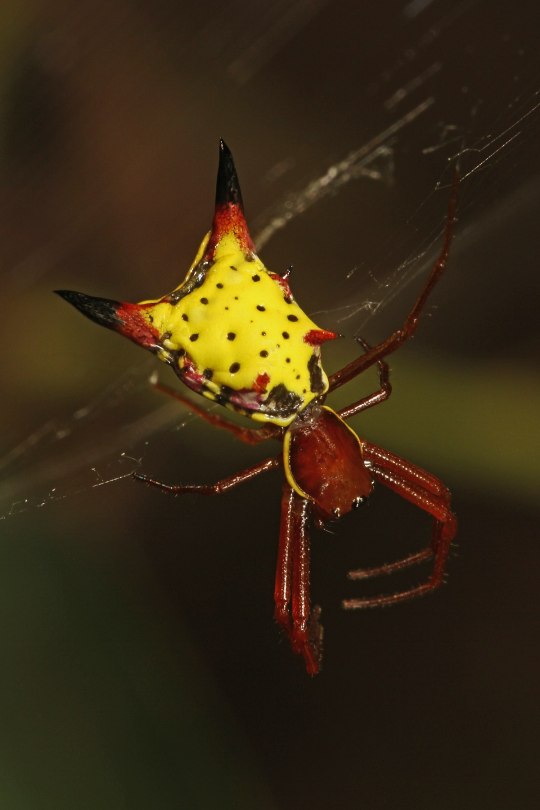

Arrow-Shaped Micrathena (Micrathena sagittata)
This odd-looking fella is best-known for its conspicuous backside, which may remind some of a certain beloved video game character. Found throughout the eastern USA and Central America, this orbweaver spider is rarely spotted due to its small size—while females grow to one centimetre in length, legs included, males only reach half that.
The arrow-shaped micrathena's backside isn't just for show, as it's thought to help the spider attract its prey. A study on a similarly-coloured webspinner in Australia found that spiders with bright yellow colouring caught more prey than those whose abdomens had been coloured black with marker. The spines lining their abdomen, with an appearance much like the thorns of a rose, help deter predators. It also somewhat helps with camouflage, allowing the spider to hide in the corners of its web. Males lack both the colouring and spikes, instead muted in colour with round abdomens.
These micrathenas spin webs composed of tightly-wound concentric circles, which specialize in catching small prey such as mosquitos and leafhoppers. For this reason, these spiders are considered largely beneficial to humans! Like many other spiders, they inject their immobilized prey with liquefying venom, allowing them to suck their dinner right out of their poor victim's exoskeleton. Arrow-shaped micrathenas are completely harmless to humans—in fact, their bite is compared to that of a mosquito.
4 notes
·
View notes
Text
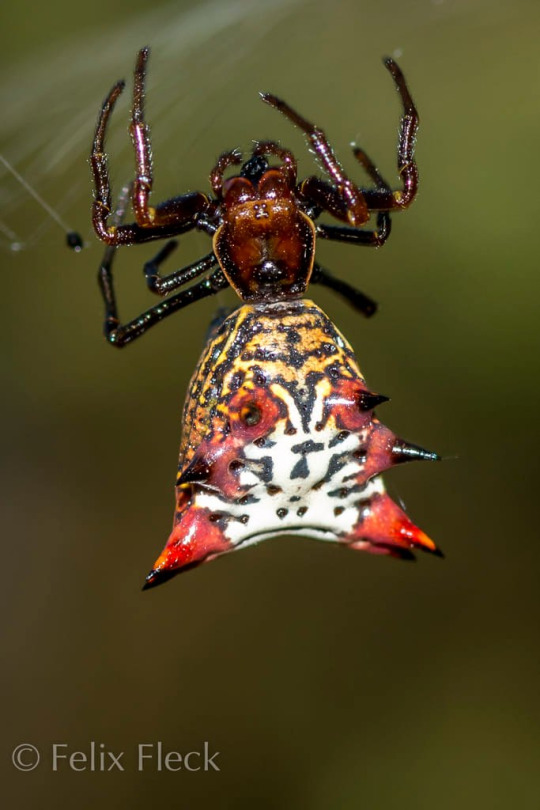
Micrathena Gracilis
is a spider in the family Araneidae (orb-weavers), commonly known as the spined micrathena or castleback orbweaver. This spider spins a moderately large (can be about 20 cm long in diameter) and very tightly coiled web. The spiders themselves are small and can be found to be anywhere from 4.2 mm to 10.8 mm long. Its venom is harmless to humans.
0 notes
Text

spined micrathena (Micrathena gracilis)
1 note
·
View note

